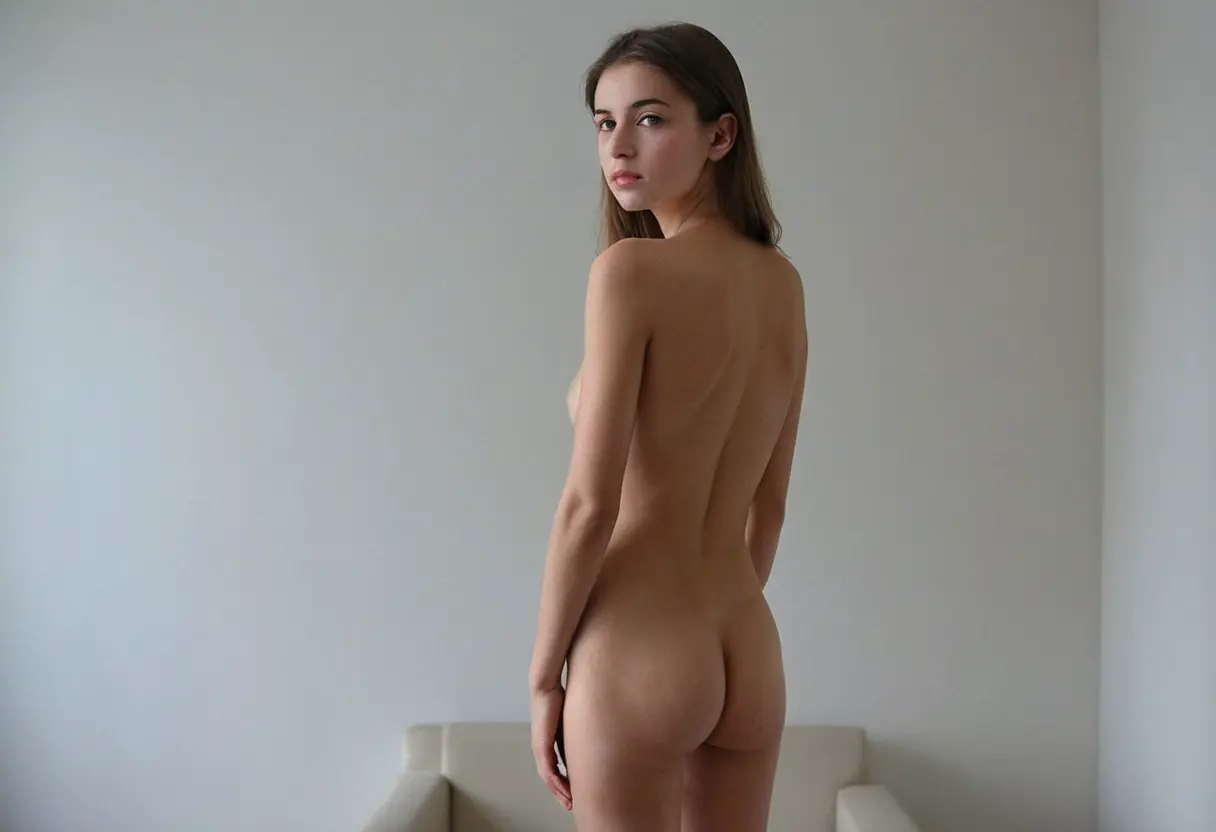How Undress Picture AI is Transforming Digital Art and Photography
Introduction to Undress Picture AI
In recent years, advancements in artificial intelligence have significantly impacted various creative fields, particularly digital art and photography. One of the most intriguing developments is the emergence of Undress Picture AI, a technology that can generate or alter images, often focusing on nudity or semi-nudity. This innovative tool is transforming how artists and photographers approach their work, providing new avenues for expression, creativity, and ethical considerations. This article delves into how Undress Picture AI is changing the landscape of digital art and photography, exploring its applications, benefits, and the challenges it presents.
The Rise of AI in Art and Photography
Artificial intelligence has been making waves across multiple sectors, and the art world is no exception. The rise of AI-driven tools allows artists to explore uncharted territories in their work. Undress Picture AI is at the forefront of this revolution, enabling users to create realistic images with specific alterations. This technology uses machine learning algorithms trained on vast datasets, allowing it to understand and replicate artistic styles and human anatomy.

As a result, artists can push the boundaries of their creativity, experimenting with new forms and expressions. The accessibility of these tools democratizes art creation, allowing individuals without formal training to produce compelling images. This shift opens up discussions about authorship, originality, and the future of artistic endeavors.

Applications of Undress Picture AI
Undress Picture AI has a variety of applications across different domains. Here are some notable uses:

- Creative Art Projects: Artists can use this technology to create provocative and thought-provoking works that challenge societal norms.
- Fashion and Advertising: Marketers can generate visual content that explores different styles and presentations, enhancing their campaigns.
- Education and Training: Art students can utilize AI to study anatomy and composition, gaining insights into human form and proportion.
- Personalized Content Creation: Individuals can create customized artwork or photos for personal use, reflecting their unique preferences and tastes.
Benefits of Using Undress Picture AI
The benefits of incorporating Undress Picture AI into the artistic process are manifold:
- Enhanced Creativity: By automating certain aspects of image creation, artists can focus on the conceptual side, allowing for deeper creative exploration.
- Time Efficiency: The technology speeds up the creation process, enabling artists to produce high-quality work in less time.
- Increased Accessibility: Artists without advanced skills in traditional media can still create impactful images, leveling the playing field in the art world.
- Variety of Styles: Artists can experiment with multiple styles and techniques, leading to innovative outcomes that might not be possible through traditional methods.
Ethical Considerations and Challenges
Despite the exciting prospects of Undress Picture AI, there are significant ethical considerations and challenges that must be addressed. The ability to alter images can raise questions about consent, especially when it comes to manipulating images of real individuals. This poses risks related to privacy and the potential for misuse.
Additionally, the blurring lines between human creativity and AI-generated art challenge traditional notions of authorship. As more artworks are created with the assistance of AI, the art community must grapple with what constitutes originality and the value of human touch in art.
Moreover, there is the potential for AI-generated images to perpetuate stereotypes or promote unrealistic standards of beauty. Artists and developers must approach this technology responsibly, ensuring that it is used ethically and that the implications of its use are carefully considered.
Conclusion: The Future of Digital Art with Undress Picture AI
Undress Picture AI is undoubtedly transforming the landscape of digital art and photography. By providing innovative tools that enhance creativity, streamline processes, and expand artistic possibilities, this technology is reshaping how artists create and engage with their work. However, with these advancements come significant ethical challenges that require careful consideration.
As the technology continues to evolve, it will be crucial for the art community to navigate these complexities thoughtfully. Ultimately, the future of digital art will depend on how artists and society adapt to these changes, embracing the benefits while addressing the challenges. The dialogue surrounding Undress Picture AI will be pivotal in defining its role in the artistic world, ensuring that it contributes positively to the creative landscape.
Weekly hotspots
- Exploring the Implications of Undressing AI Nude in Digital Art
- Top Free AI Undress Apps to Explore Digital Fashion Trends
- Top Free AI for Undressing Images and Creative Transformation
- Exploring the Impact of AI Technology on Nude Art and Expression
- Discover the Best Free Undress AI Tools on Reddit for Stunning Results
- AI Undress Bot Revolutionizes Fashion Technology for Seamless Virtual Try-Ons
- Unveiling the Best AI Tools for Undressing Images Effortlessly
- Realistic Undress AI Transforming Virtual Fashion Experiences


